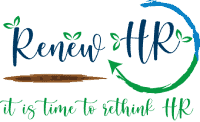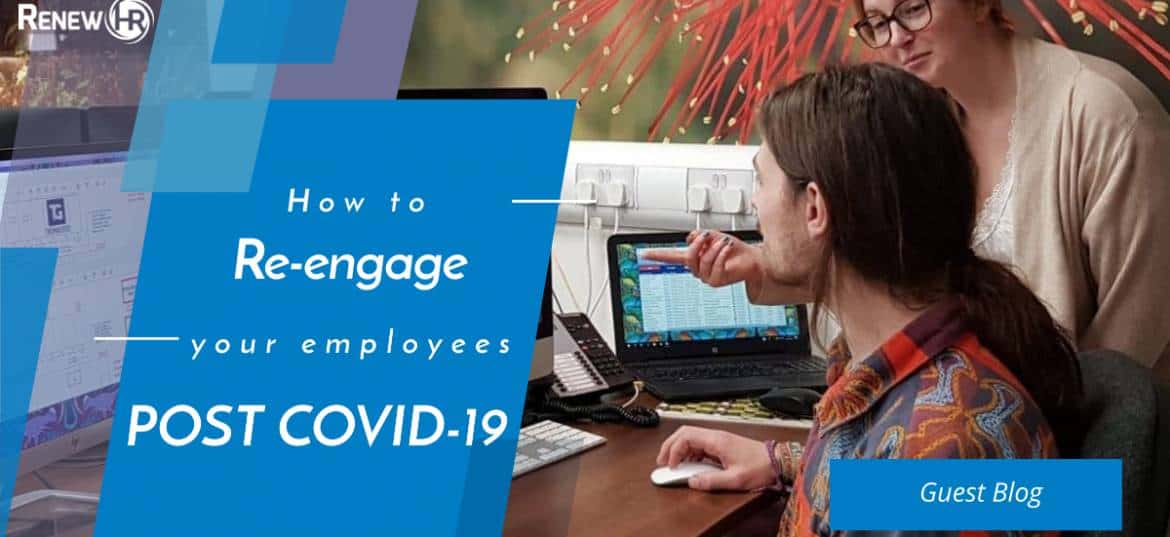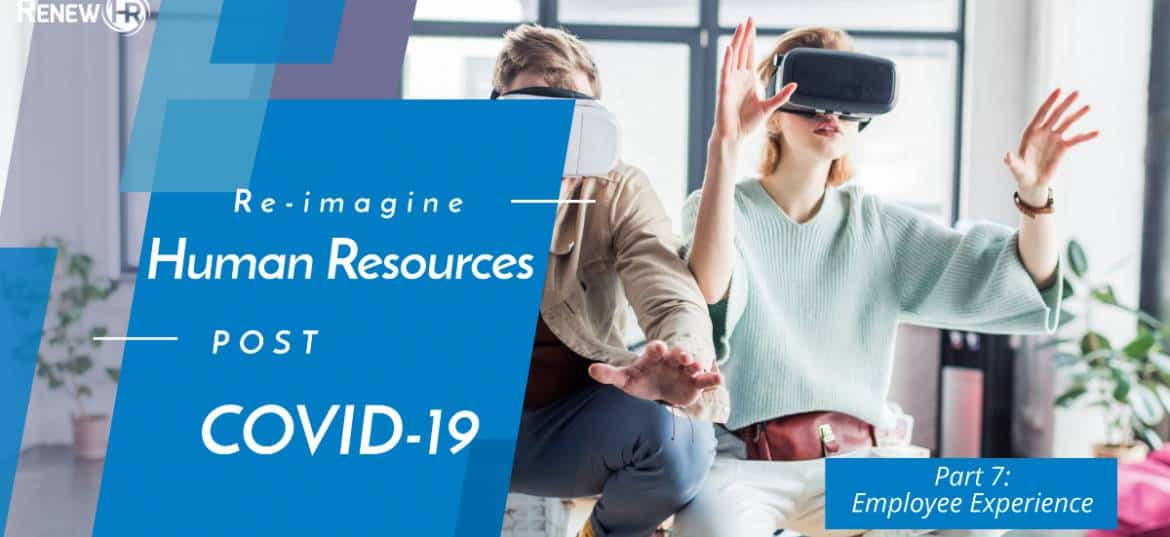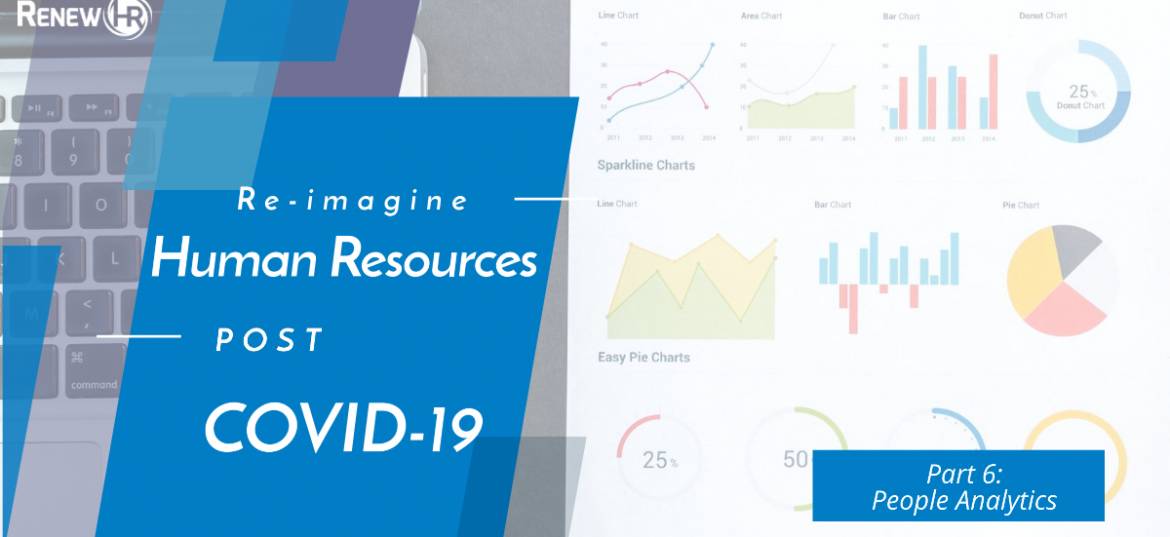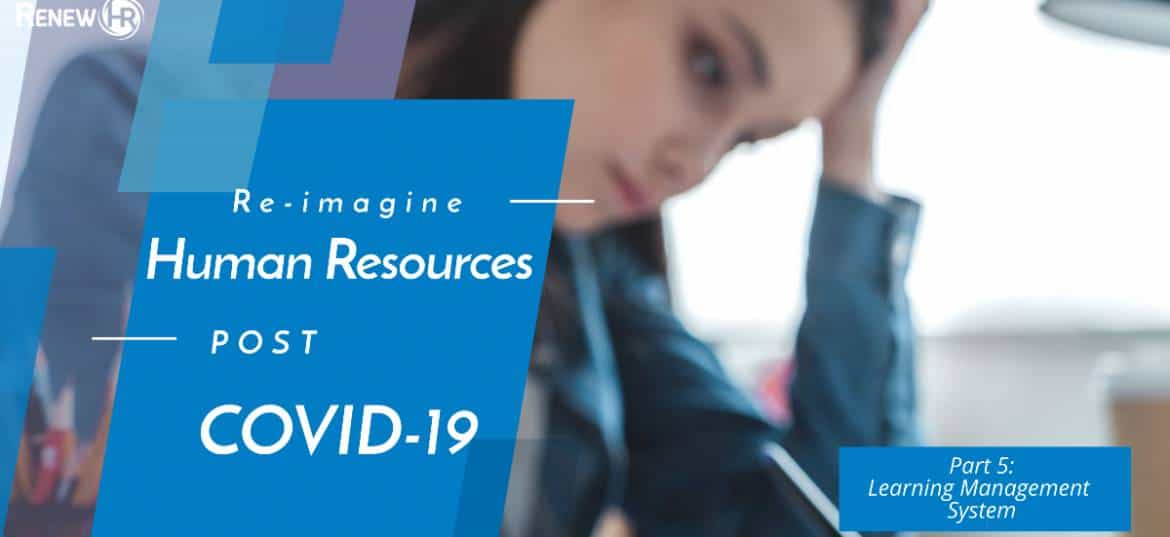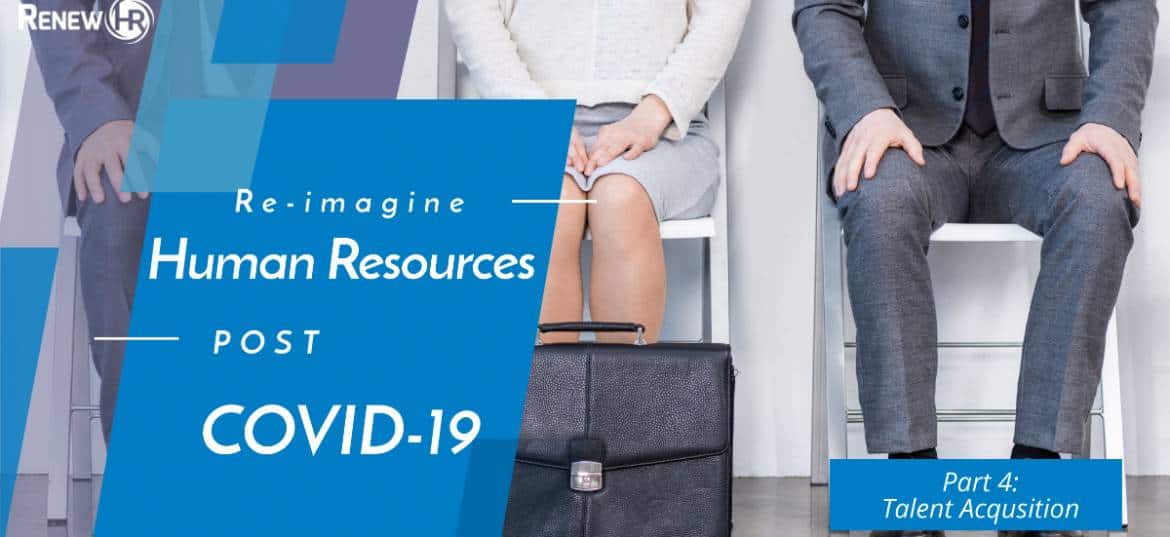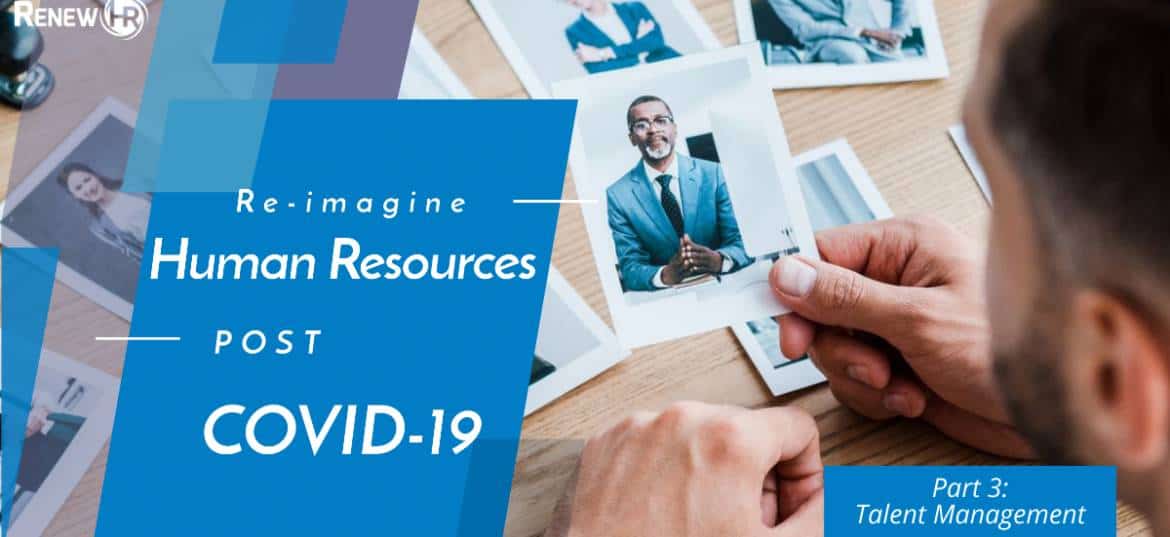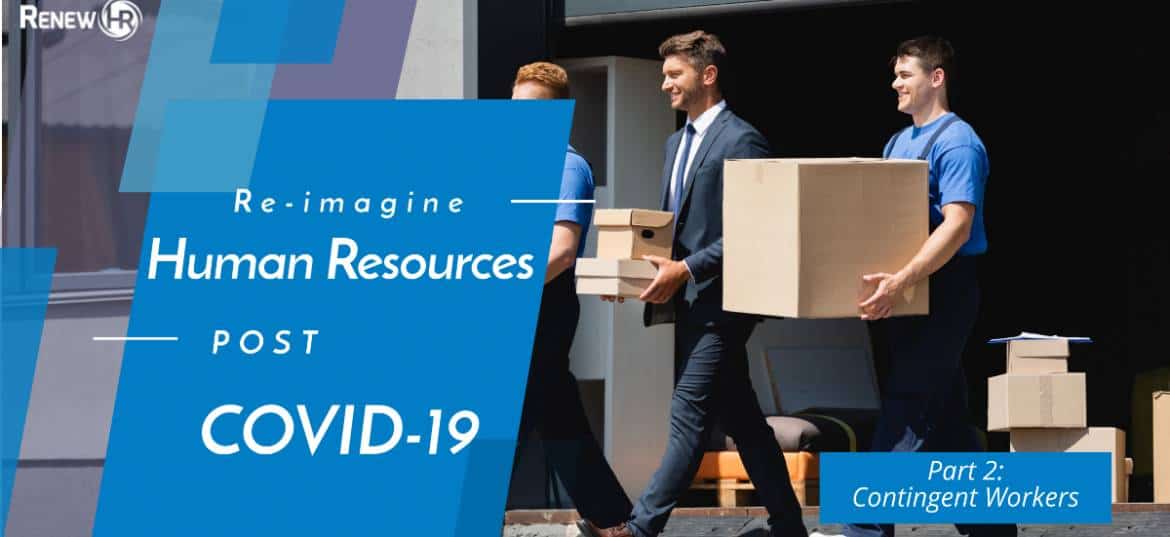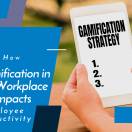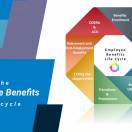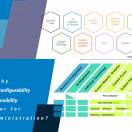Only 1 in 3 workers in the United States reported having received recognition for hard work they had done in the last 7 days. This is a significant figure, given that 47.3% of all workers in the country are employed by businesses.
Showing your employees recognition when they are performing well for your company is a low cost, high return investment. If two-thirds of Americans aren’t feeling their work is being recognized by their employers, then taking the time to make this a priority within your workforce will raise you above the competition
Leadership Tactics for Exceptional Employees – Finding excellent workers that will fit into your company culture and give amazing results can be a challenge. There is a “war for talent” as companies struggle to recruit skilled professionals.
Therefore, companies can no longer rely on hiring exceptional employees to build a great workforce. The best way to acquire exceptional employees is to develop them yourself.
Slowly but surely we are heading back into the office. The world is reopening and we’re ready to embrace it with open arms. After months of lockdown, you might assume that employees are keen to get back to work. Unfortunately, that is not the case. In this article, you will learn how to re-engage your employees post-COVID to help you get your business up and running again.
In this blog series, we will describe the 7 most pressing challenges, trends, and possible opportunities in front of HR organizations as the enterprises they support to come out of this pandemic and adjust to the ‘new normal’.
What is Employee Experience? it is mostly a misunderstood term as it is still in its infancy. Broadly, employee experience refers to everything an employee experiences at work—for example, their interactions with their managers, the tools available for them to complete their work, and the teams they work with. It’s a holistic view of an employee’s experiences as they work at an organization.
What is people analytics? In this blog series, we will describe the 7 most pressing challenges, trends, and possible opportunities in front of HR organizations as the enterprises they support to come out of this pandemic and adjust to the ‘new normal’
“Gut feeling” or “previous experience” is no longer viable methods to make decisions about employees and work. Leveraging analytics to help with decision-making can be an effective way to remain competitive and financially viable post-COVID-19. HR can be part of this process too, helping the organization select and reward valued contributors and redefining what “value” means for the company.
In this blog series, we will describe the 7 most pressing challenges, trends, and possible opportunities in front of HR organizations as the enterprises they support to come out of this pandemic and adjust to the ‘new normal’
With a significant proportion of employees working from home, there is an increased need to leverage learning management systems and mobile learning platforms more than ever before:
In this blog series, we will describe the 7 most pressing challenges, trends, and possible opportunities in front of HR organizations as the enterprises they support to come out of this pandemic and adjust to the ‘new normal’
One of the unfortunate results of the first wave of lockdowns and shelter-in-place orders was the massive decline in labor demand; even with the measures being lifted, companies are still reluctant to hire full-time employees.
In this blog series, we will describe the 7 most pressing challenges, trends, and possible opportunities in front of HR organizations as the enterprises they support to come out of this pandemic and adjust to the ‘new normal’
Both employees and employers would agree that there is a lot of opportunities to improve talent management processes – in particular, those related to talent development and performance management.
In this blog series, we will describe the 7 most pressing challenges, trends, and possible opportunities in front of HR organizations as the enterprises they support to come out of this pandemic and adjust to the ‘new normal’
One of the unfortunate results of the first wave of lockdown and shelter-in-place orders was the massive decline in labor demand; even with the measures being lifted, companies are still reluctant to hire full-time employees. However, companies are now looking at a contingent-workforce strategy as a viable middle-ground.
Global Workplace Analytics believes that 25-30% of the workforce will work from home on a regular basis by the end of 2021. Employees and investors alike are demanding it. Managers and executives are becoming more trusting, as the feared “decrease in productivity” hasn’t materialized. Companies see opportunities for cost savings, and reduced travel and commuting has a positive impact on sustainability and social distancing alike.
